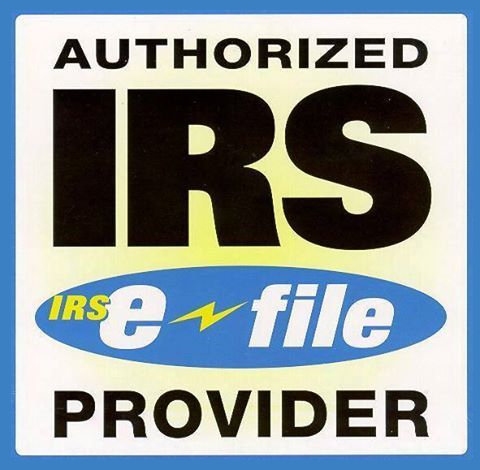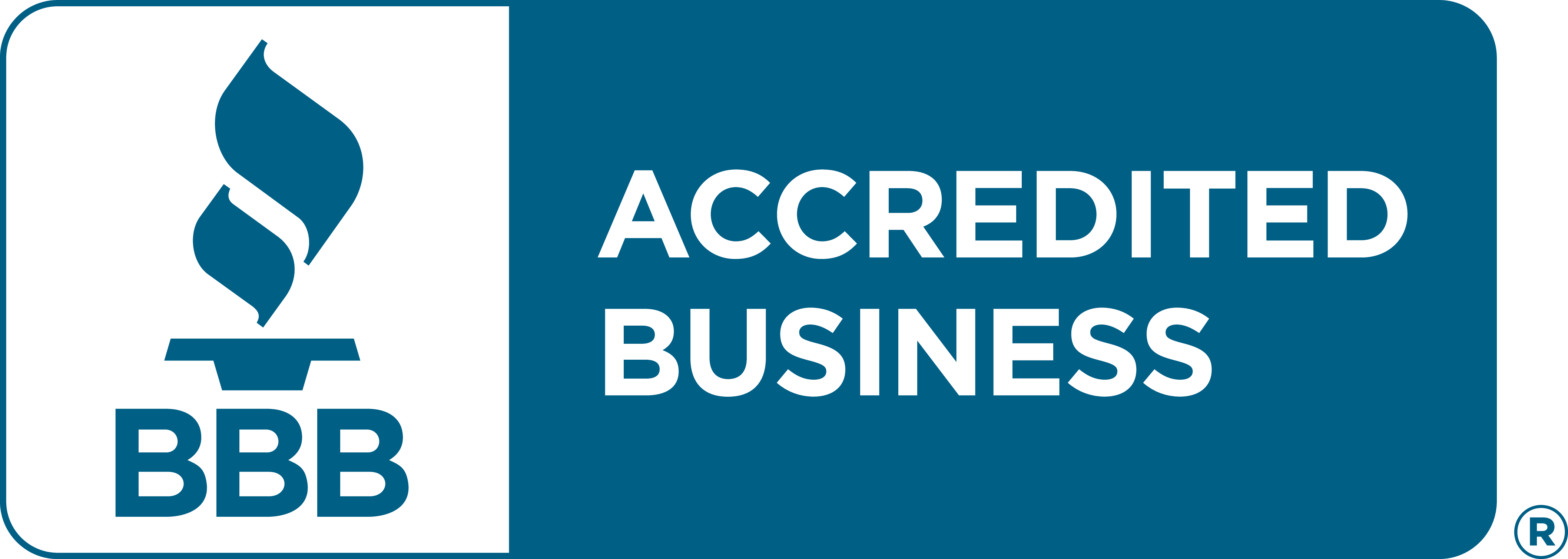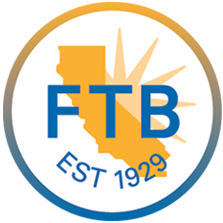IRS Schedule M‑1 (Form 1120-S)
Excise Tax Forms
Employment Tax Forms
Information Returns
Exempt Org. Forms
Extension Forms
FinCEN BOIR
General
Schedule M‑1 (Form 1120‑S) is a critical part of an S corporation’s annual tax return, used to reconcile discrepancies between the net income shown in the company’s books and the taxable income reported to the IRS.
These differences emerge because financial accounting (GAAP) rules often differ from tax accounting requirements. Schedule M‑1 bridges that gap, providing the IRS with a transparent explanation of how your corporation arrived at its final taxable figure on Form 1120‑S.
Accurate reconciliation not only prevents errors but also supports audit readiness, ensuring that book income, tax returns, and financial statements align consistently.
What Is Schedule M‑1 (Form 1120‑S)?
Schedule M‑1 is officially titled “Reconciliation of Income (Loss) per Books with Income (Loss) per Return.” It identifies and explains the timing and permanent differences between what your corporation records under GAAP and what’s reported to the IRS for tax purposes.
Common reasons for these differences include:
- Depreciation and amortization method variations
- Non‑deductible business expenses (e.g., meals, fines, penalties)
- Tax‑exempt income (e.g., municipal bond interest)
- Differences in recognizing bad debts, accrued expenses, or payouts
By explicitly itemizing these adjustments, Schedule M‑1 helps ensure your tax return reflects both financial reality and regulatory compliance.
Purpose of Schedule M‑1
Corporate income reported on financial statements rarely matches income reported on Form 1120‑S. The reasons fall into two main categories:
1. Temporary Differences
Items that reverse over time, such as:
- Accelerated tax depreciation vs. straight‑line book depreciation
- Accrued bonuses or wages deductible for tax only when paid
- Installment sale income recognized earlier for books than tax
2. Permanent Differences
Items that never reverse, such as:
- Non‑deductible entertainment expenses
- Federal income tax expense (disallowed deduction for S corps)
- Tax‑exempt interest income
Schedule M‑1 shows how these differences contribute to income variations between book accounting and tax reporting.
Who Must File Schedule M‑1?
An S corporation must complete Schedule M‑1 if it does not meet the small‑business exemption under Schedule B, Line 11. You must file Schedule M‑1 if either of these applies:
- Total assets exceed $250,000 at year‑end, or
- Total receipts (gross income) exceed $250,000 for the tax year.
Small S corporations under both thresholds can omit Schedules L and M‑1, but accurate recordkeeping is still strongly advised.
Key Line Items on Schedule M‑1 (Form 1120‑S)
Each line reconciles different components of your book and tax income. The main lines typically include:
- Net income (loss) per books - The figure from your accounting records, typically matching retained earnings on Schedule L.
- Federal income tax per books - Book tax expense, which is not deductible for S corporations.
- Excess of capital losses over capital gains - Capital losses beyond allowable limits.
- Income subject to tax but not recorded on books this year – Taxable items (like installment sales) recognized earlier for tax than GAAP.
- Expenses recorded on books not deducted on this return – Includes:
- Depreciation or amortization differences
- Charitable contributions over the limit
- Non‑deductible meals, entertainment, and penalties
- Income recorded on books but not included on return – Items such as tax‑exempt interest, unrealized gains, or prior‑year income adjustments.
- Deductions on return not charged to books – Tax‑specific allowances not reflected in book income.
When all items are entered, the final total reconciles book income to taxable income.
Example of Common M‑1 Adjustments
| Adjustment Type | Book Treatment | Tax Treatment | Typical Impact |
|---|---|---|---|
| Depreciation | Straight‑line expense over useful life | Accelerated method | Taxable income decreases |
| Meals & Entertainment | Deducted fully | 50% deductible or disallowed | Taxable income increases |
| Bad debts | Recorded on accrual | Deductible only when written off | Temporary timing difference |
| Federal income tax | Expense recorded | Not deductible | Increases taxable income |
| Tax‑exempt bond interest | Included in books | Excluded for tax | Decreases taxable income |
Relation to Schedules L and M‑2
Schedule M‑1 directly ties to Schedule L (Balance Sheet per Books) and Schedule M‑2 (Analysis of Accumulated Adjustments Account):
- Schedule L provides the beginning and ending balance sheet figures from which book income is derived.
- Schedule M‑1 translates those financial totals into tax adjustments.
- Schedule M‑2 explains how those adjustments affect the S corporation’s accumulated earnings and distributions.
The three schedules together show how your corporate income flows from book accounting to taxable income to shareholder equity.
Filing Deadlines
Schedule M‑1 must be filed as part of Form 1120‑S by the regular filing deadline for S‑corporations.
| Entity Type | Main Return | Filing Deadline (Tax Year 2025) | Extension Form |
|---|---|---|---|
| S Corporation | Form 1120‑S | March 16, 2026 * | Form 7004 |
If March 15 falls on a weekend, the deadline moves to the next business day. Filing Form 7004 gives a 6‑month extension—until September 15, 2026.
Common Mistakes to Avoid
| Error | Potential Issue | Prevention Tip |
|---|---|---|
| Skipping adjustments for tax‑exempt income | Book‑tax mismatch | Always list non‑taxable items clearly. |
| Incorrect depreciation treatment | IRS adjustment risk | Confirm methods per IRS Publication 946. |
| Double counting expenses | Overstated deductions | Reconcile supporting ledgers with trial balance. |
| Mismatch between Schedules L, M‑1, and M‑2 | IRS queries or notices | Align all values before filing electronically. |
Best Practices for Schedule M‑1 Compliance
- Reconcile book income with tax income before preparing other schedules.
- Maintain detailed supporting documentation for each reconciling item.
- Check consistency between depreciation schedules, expense categories, and financial statements.
- Use TaxZerone’s e‑filing solution to auto‑populate Schedule M‑1 from your bookkeeping data and ensure IRS‑ready accuracy.
Frequently Asked Questions (FAQs)
1. Why do book and tax income differ?
Accounting (GAAP) rules and tax laws recognize certain items differently—Schedule M‑1 reconciles these variations to explain the differences.
2. Is every S corporation required to file Schedule M‑1?
Only S corporations with total assets or receipts of $250,000 or more at year‑end must file Schedule M‑1.
3. Does Schedule M‑1 affect shareholder taxes?
Yes, indirectly. Accurate reconciliation ensures that the income flowing through to Schedule K‑1 is correctly calculated.
4. What’s the connection between Schedule M‑1 and Schedule M‑2?
Schedule M‑1 explains how book income converts to taxable income, while Schedule M‑2 tracks those results in retained earnings and shareholder equity accounts.












